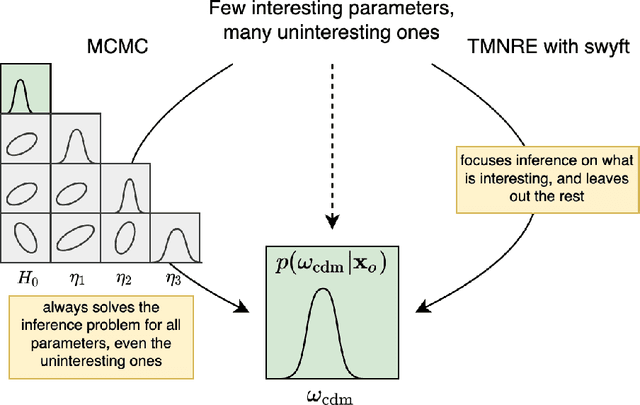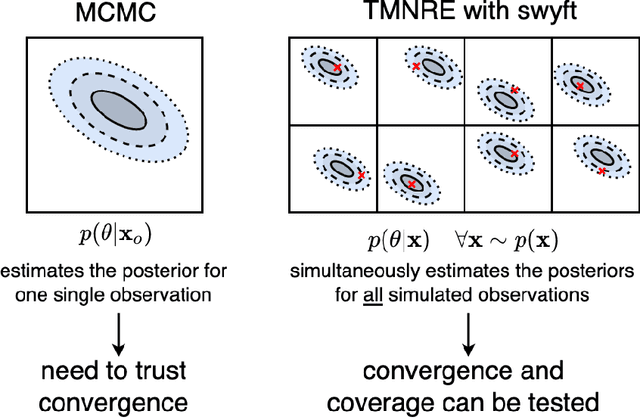Francesco Nattino
Explainable few-shot learning workflow for detecting invasive and exotic tree species
Nov 01, 2024



Abstract:Deep Learning methods are notorious for relying on extensive labeled datasets to train and assess their performance. This can cause difficulties in practical situations where models should be trained for new applications for which very little data is available. While few-shot learning algorithms can address the first problem, they still lack sufficient explanations for the results. This research presents a workflow that tackles both challenges by proposing an explainable few-shot learning workflow for detecting invasive and exotic tree species in the Atlantic Forest of Brazil using Unmanned Aerial Vehicle (UAV) images. By integrating a Siamese network with explainable AI (XAI), the workflow enables the classification of tree species with minimal labeled data while providing visual, case-based explanations for the predictions. Results demonstrate the effectiveness of the proposed workflow in identifying new tree species, even in data-scarce conditions. With a lightweight backbone, e.g., MobileNet, it achieves a F1-score of 0.86 in 3-shot learning, outperforming a shallow CNN. A set of explanation metrics, i.e., correctness, continuity, and contrastivity, accompanied by visual cases, provide further insights about the prediction results. This approach opens new avenues for using AI and UAVs in forest management and biodiversity conservation, particularly concerning rare or under-studied species.
Fast and Credible Likelihood-Free Cosmology with Truncated Marginal Neural Ratio Estimation
Nov 15, 2021



Abstract:Sampling-based inference techniques are central to modern cosmological data analysis; these methods, however, scale poorly with dimensionality and typically require approximate or intractable likelihoods. In this paper we describe how Truncated Marginal Neural Ratio Estimation (TMNRE) (a new approach in so-called simulation-based inference) naturally evades these issues, improving the $(i)$ efficiency, $(ii)$ scalability, and $(iii)$ trustworthiness of the inferred posteriors. Using measurements of the Cosmic Microwave Background (CMB), we show that TMNRE can achieve converged posteriors using orders of magnitude fewer simulator calls than conventional Markov Chain Monte Carlo (MCMC) methods. Remarkably, the required number of samples is effectively independent of the number of nuisance parameters. In addition, a property called \emph{local amortization} allows the performance of rigorous statistical consistency checks that are not accessible to sampling-based methods. TMNRE promises to become a powerful tool for cosmological data analysis, particularly in the context of extended cosmologies, where the timescale required for conventional sampling-based inference methods to converge can greatly exceed that of simple cosmological models such as $\Lambda$CDM. To perform these computations, we use an implementation of TMNRE via the open-source code \texttt{swyft}.
 Add to Chrome
Add to Chrome Add to Firefox
Add to Firefox Add to Edge
Add to Edge